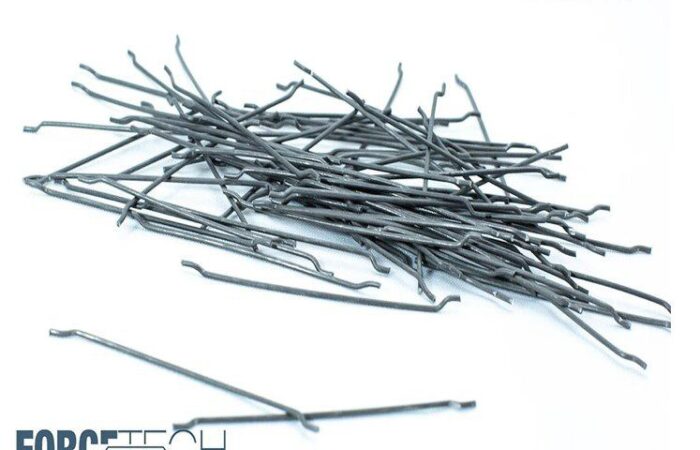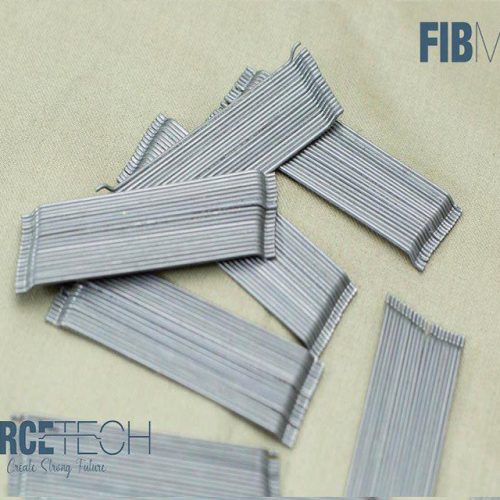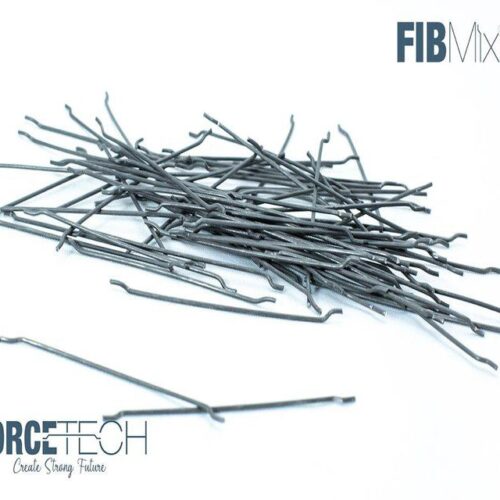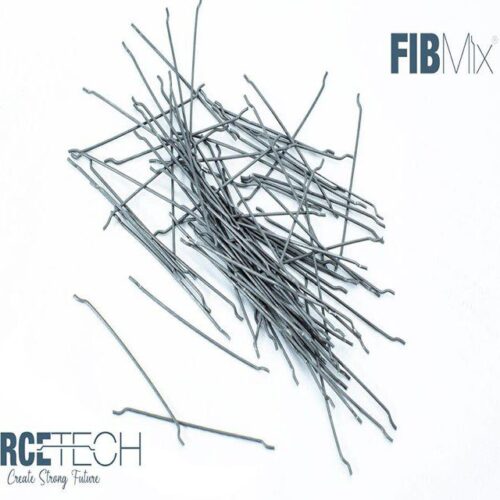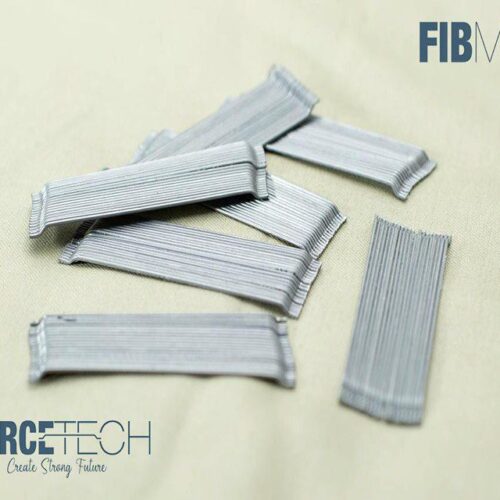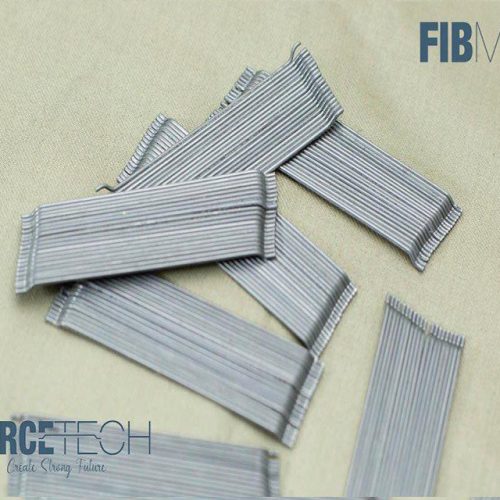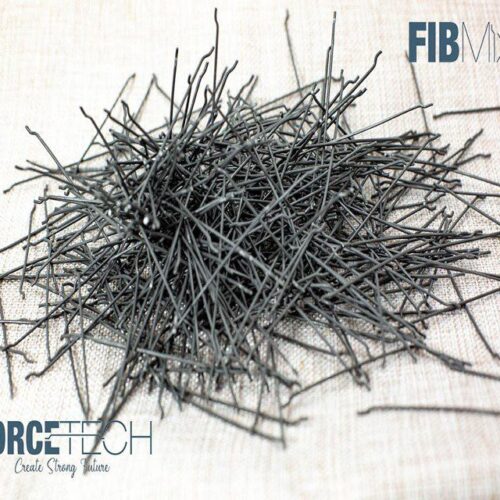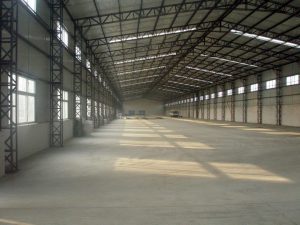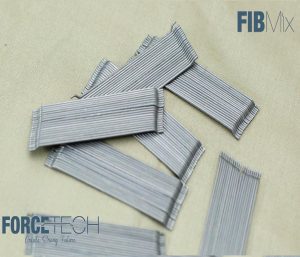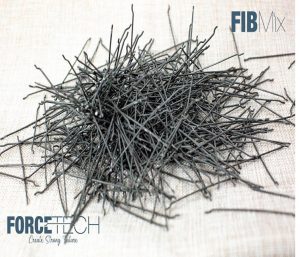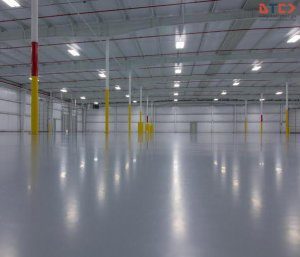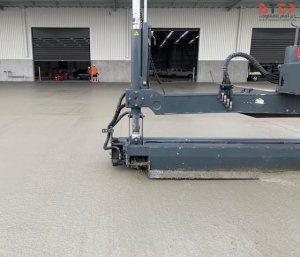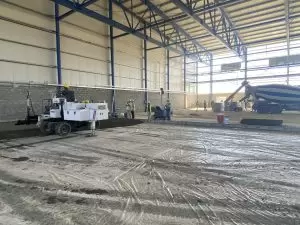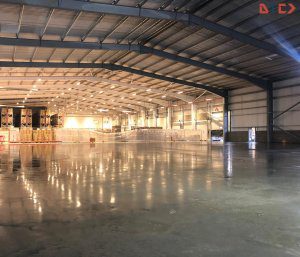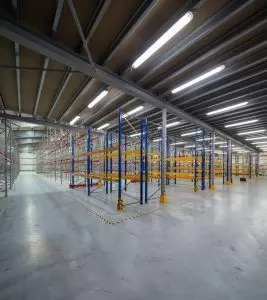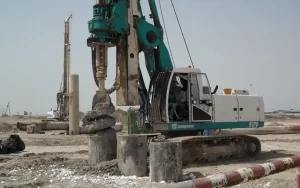ABOUT STEEL FIBER
DTC is always inclined towards excellence and innovation. With the aim to serve our customers with the best available services we have opted for the use of steel fiber in flooring. Steel fiber is the modern technique of making the flooring stronger and able to withstand heavy weight without even chipping.
Well if you are unaware of how steel fibers are incorporated into flooring then let us brief you a bit. Steel fiber is mixed with concrete as an alternative approach to traditional steel bars. It is great for both indoor industrial flooring and outdoor pavements, garage, and deck flooring. Steel fiber-reinforced flooring is strong enough for both pile-supported and ground-supported industrial floors.
The steel fiber is added to concrete to improve its structural properties enhancing its resistance and flexibility. With adding steel fiber, the floor gets strength to minimize the cracks occurring in hardened concrete.
How to optimally use steel fibers
To optimally use steel fibers you should take care of two factors:
Mix the appropriate quantity of steel fiber into concrete to get the best result. Too less steel fiber fails to provide enough structural strength whereas too much steel fiber can disrupt concrete expansion and shrinkage. Adequate amount as per the flooring usage and ability to withstand weight should be added after careful analysis. Normally a dose of 20-30kg/m3 to 40-50kg/m3 steel fibers is mixed with concrete for a jointless flooring system.
It is advised to use a jointless flooring system with steel fibers flooring. Jointless flooring offers a large space of up to 50 meters without immediate joints giving adequate space to place static weight.
Advantages of steel fiber
Steel fiber is used owing to its ultimate advantages if offered to enhance the strength and resistance of the floor.
- It increases the overall capacity to bear a heavy load
- Adding steel fiber can result in reducing the thickness of concrete slab because of the added strength of fib-mix
- Floor strength is increased so no more stress of floor chipping and cracking
- It enhances the life-span of concrete floor
- It lowers the maintenance cost
- Fib-mix improves the flexural properties of concrete floor
- The addition of steel fiber in concrete reduces its capacity to absorb water and chemicals.
- It can opt for fast-track projects
- Helps in easy positioning of the joints
- Pre-mixed steel fiber reduces the required manpower on the field for steel reinforcement
- Enhances abrasion resistance and impact
- Makes the surface tougher and stronger
- Cost-effective
Why DTC:
In KSA, DTC is the best construction company to provide fib-mix flooring because of the following reasons.
- We are the official dealer of Forcetech fibmix products in KSA which is a leading band dealing in high-quality steel fiber products. We have the official right to use their product in our construction.
- We comply with the industry regulations of using steel fibers.
- DTC has the best team to handle efficiently fib-mix flooring.
- We own the resources to offer superior flooring facilities
- We also offer a jointless flooring system that works wonders when installed in conjunction with steel-fiber-reinforced flooring.

